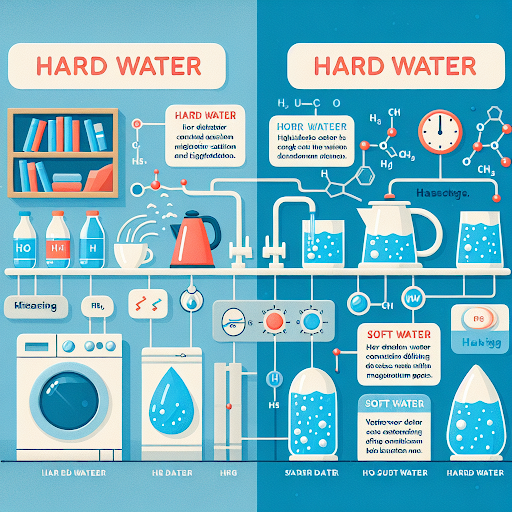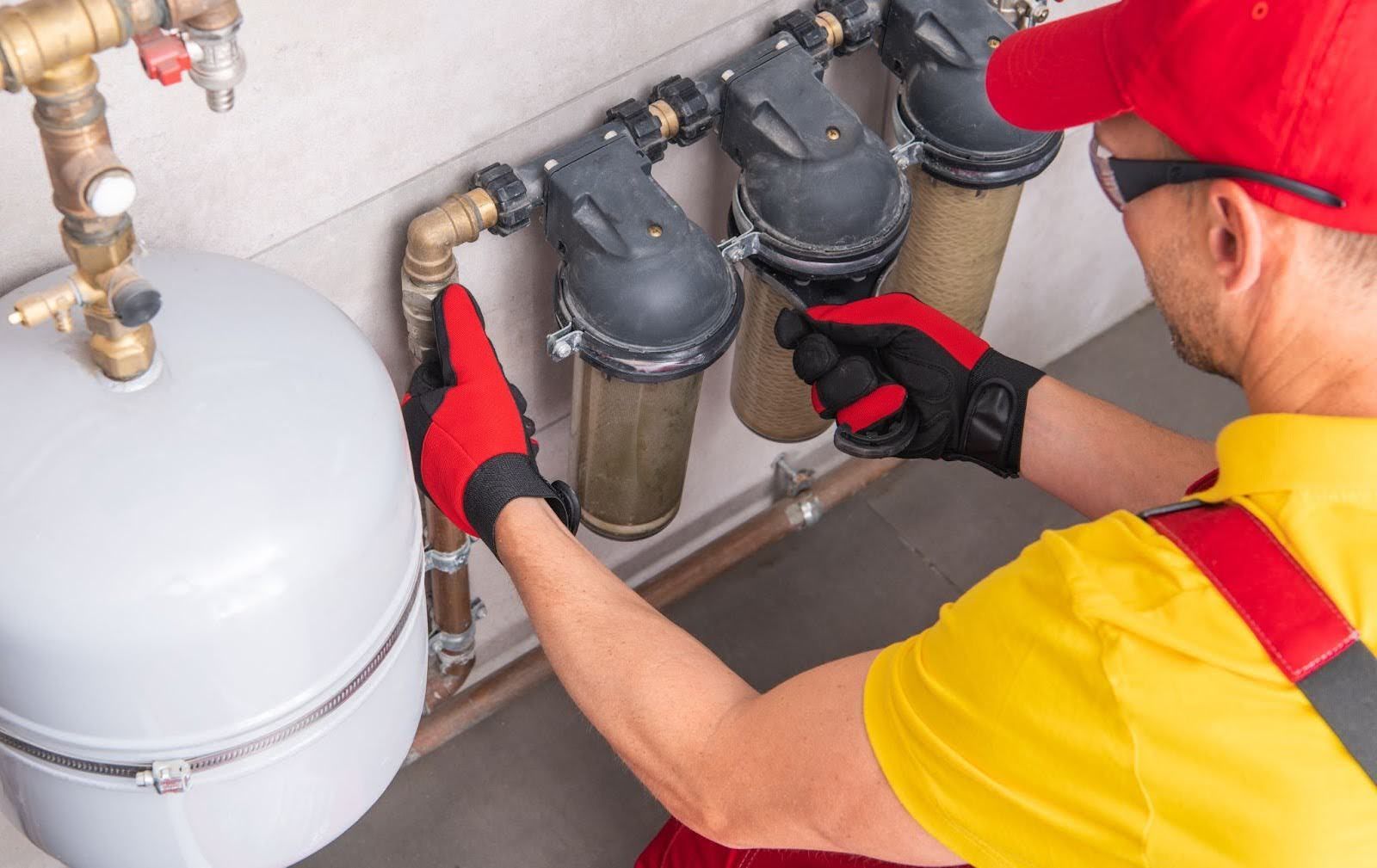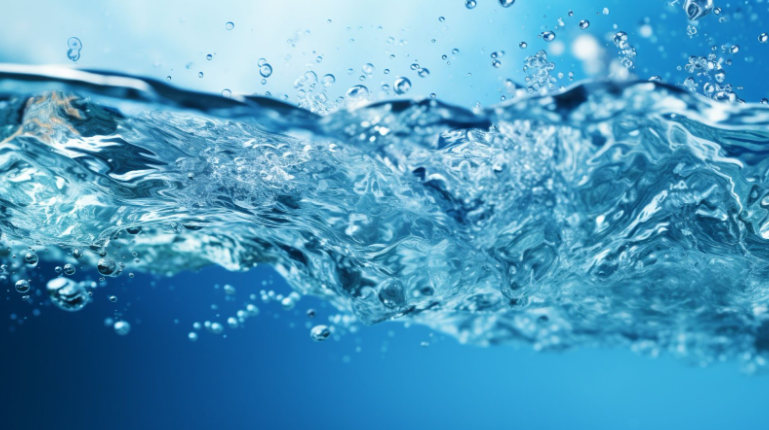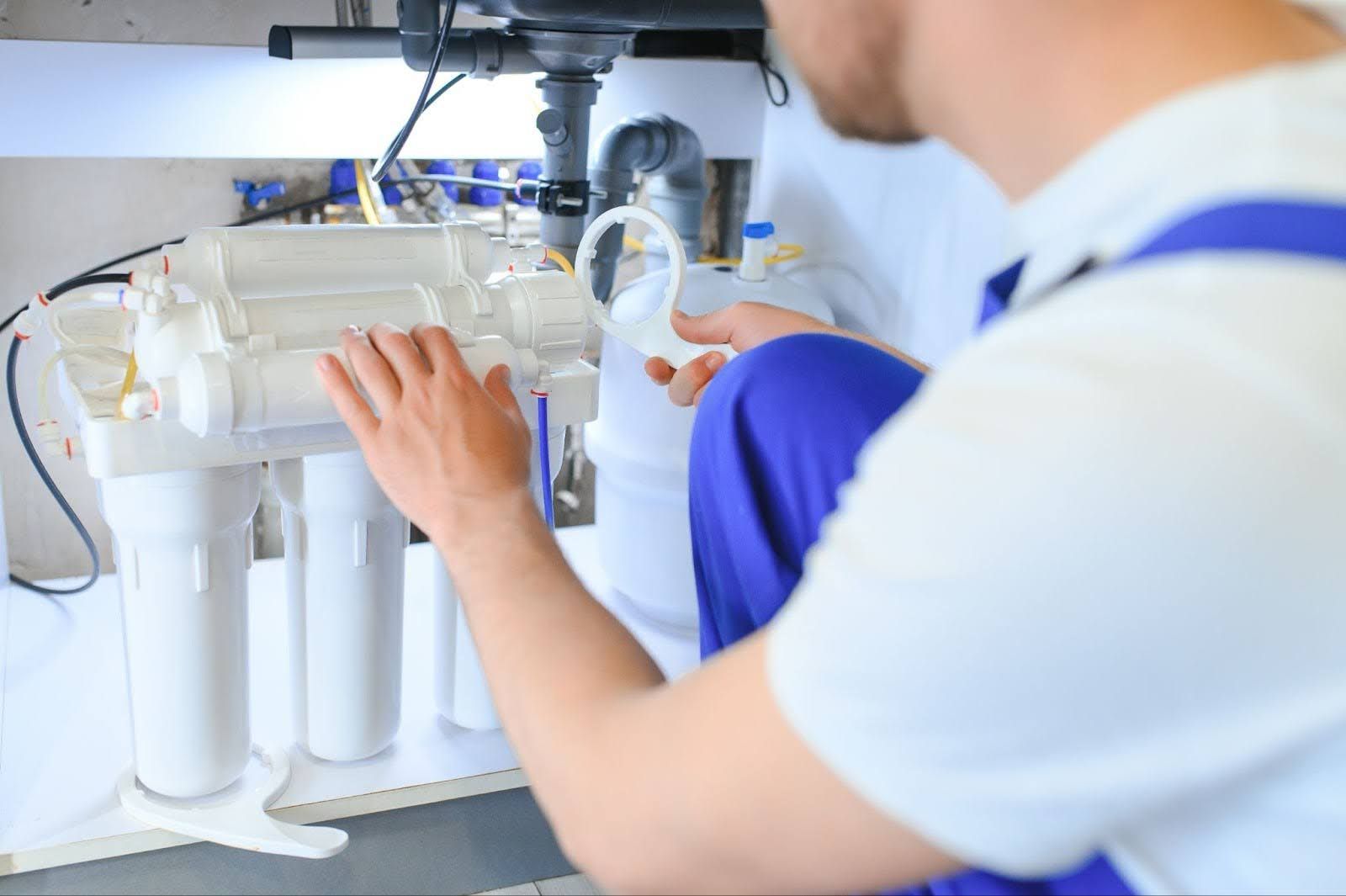Understanding and Analyzing Water Quality in Summit County

Understanding the quality of water in any community is essential for maintaining public health and safety. Water quality reports serve as vital tools in this endeavor, providing detailed information about the condition of local water supplies. These reports, generated by various governmental and environmental agencies, are crucial for ensuring that the water people consume is safe and free from harmful contaminants.
Water quality reports typically include a range of data, such as the presence of specific contaminants, pH levels, and turbidity. Contaminants can include anything from bacteria and viruses to chemical pollutants, while pH levels indicate the acidity or alkalinity of the water. Turbidity measures the clarity of the water, which can affect both its appearance and safety.
In Summit County, agencies like the Environmental Protection Agency (EPA) and local health departments are responsible for generating these reports. They monitor the water supply and provide the public with up-to-date information on its quality. Understanding the terminology and data presented in these reports can help residents make informed decisions about their water use and consumption.
Analyzing Summit County's Recent Water Quality Reports
Recent water quality reports from Summit County reveal several key findings. According to the latest data, the water supply generally meets federal and state safety standards, ensuring that residents have access to clean and safe drinking water. However, some reports have identified specific contaminants that require attention.
One notable issue in recent reports is the presence of nitrates, which can be harmful in high concentrations. Nitrates often enter the water supply through agricultural runoff, and their presence can pose risks, particularly to infants and pregnant women. The reports also highlight the importance of monitoring pH levels and turbidity to ensure that water treatment processes are effective.
For more information on water quality standards and guidelines, residents can refer to the EPA's official website.
Historical Comparison: Past vs. Present Water Quality
Over the years, water quality in Summit County has seen various changes. Historically, the area has faced challenges related to agricultural runoff, industrial pollutants, and natural mineral deposits. However, improvements in water treatment technologies and stricter environmental regulations have contributed to a general enhancement in water quality.
Factors such as increased awareness and community involvement have played significant roles in these improvements. The implementation of advanced filtration systems and regular monitoring has helped reduce the presence of harmful contaminants. Despite these advancements, ongoing challenges remain, requiring continued vigilance and proactive measures to maintain and improve water quality.
The changes in water quality have a direct impact on residents' daily lives and health. Improved water quality leads to safer drinking water, better health outcomes, and a reduced risk of waterborne illnesses.
Potential Future Developments in Water Quality
Looking ahead, several trends and developments could influence water quality in Summit County. Climate change, population growth, and industrial activities are factors that could affect the local water supply. However, advancements in technology and increased investment in water infrastructure offer promising solutions.
Innovative technologies, such as advanced filtration systems and real-time water quality monitoring, have the potential to further enhance water quality. Experts suggest that continued research and development in these areas could lead to more effective water management practices.
Local initiatives and policies aimed at protecting water resources are also crucial. By prioritizing sustainable water management and investing in infrastructure, Summit County can ensure a reliable and safe water supply for future generations.
Local Concerns and Community Involvement
Water quality is a significant concern for many residents of Summit County. Issues such as agricultural runoff, industrial pollution, and the impact of climate change are frequently discussed within the community. Residents are increasingly aware of the importance of protecting their water resources and are actively seeking ways to contribute to this effort.
Community involvement is essential in monitoring and improving water quality. Local initiatives, such as water conservation programs and community education efforts, play a vital role in addressing water quality issues. Residents can participate in local clean-up events, support policies that protect water resources, and stay informed about water quality reports.
One example of a local initiative is the Summit County Watershed Restoration Program, which focuses on improving water quality through habitat restoration and pollution reduction efforts.
Cultural and Geographical Context
Summit County's unique geography and climate significantly influence its water quality. The region's mountainous terrain and varying weather conditions can affect water runoff patterns and the presence of natural minerals in the water supply. Additionally, the local culture, which values environmental stewardship and outdoor recreation, plays a role in shaping water management practices.
Residents of Summit County are known for their strong commitment to preserving natural resources and maintaining a high quality of life. This cultural emphasis on environmental protection is reflected in the community's approach to water management.
For more insights into recent water-related events and initiatives in Summit County, residents can refer to local news sources such as The Park Record.
In conclusion, understanding and analyzing water quality in Summit County is a complex but essential task. By staying informed and actively participating in local initiatives, residents can contribute to maintaining and improving the quality of their water supply. Through continued collaboration and innovation, Summit County can ensure a safe and sustainable water future for all its residents.











6420 N Business Park Loop Rd, Park City, UT 84098, United States of America
All Rights Reserved | Water Science
